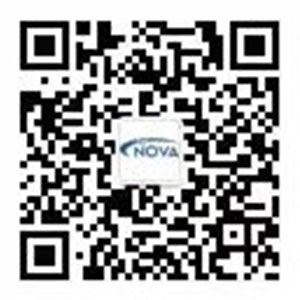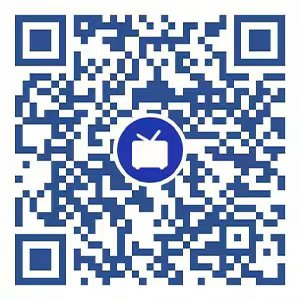
IoT
The Internet of Things (IoT) is a network centered on and built upon the Internet, enabling the interconnection of physical objects for information exchange and communication. IoT integrates technologies such as smart sensing, identification, and ubiquitous computing, and finds extensive application in network convergence, serving as an extension and application expansion of the Internet.
Cloud computing is a data service model based on Internet technology, characterized by virtualization, universality, high scalability, high reliability, and on-demand services. By distributing data storage and computing to a shared pool of computing resources in the cloud, end users require minimal management efforts to remotely access or store massive amounts of data from anywhere, reducing terminal management and maintenance costs, and improving the efficiency of data interaction and sharing, as well as user experience.
HT-Nova innovatively applies IoT and cloud computing technologies to the design and construction of nuclear and biochemical monitoring networks, organically connecting various detection instruments used in the front end with the backend monitoring and command platform. With HT-Vision system as the core, a series of integrated comprehensive monitoring and command platforms compatible with conventional security precautions and nuclear and biochemical threat monitoring have been developed, suitable for different industries and scenarios. Some of these products have been deployed in important facilities and have been successfully validated.
Technology Features
Remote control, communication between multiple devices
Real-time monitoring and remote control: IoT devices can monitor environmental parameters or device status in real-time and transmit data over the Internet to remote servers or applications, allowing users to remotely monitor and control devices anytime, anywhere. This real-time monitoring and remote control capability enhances the intelligence and convenience of devices, providing users with a more flexible management approach
Communication and collaboration between multiple devices: IoT devices can communicate and collaborate with each other, enabling data exchange and sharing between devices, thereby improving the overall system intelligence and efficiency. Through communication between multiple devices, more complex task allocation and execution can be achieved, enhancing the overall performance and functionality of the system
Big data analysis and optimization: IoT devices collect large amounts of data, which can be deeply analyzed and mined to discover patterns, optimize processes, and improve efficiency. Through data analysis, users can better understand device operation, predict device failures, optimize resource utilization, and improve production efficiency
Automation and intelligence: IoT devices can achieve automation and intelligent decision-making through preset rules or artificial intelligence algorithms. For example, smart home devices can automatically adjust temperature and lighting based on user habits, industrial equipment can automatically adjust production parameters based on real-time data, achieving intelligent production management
Remote diagnosis and maintenance: IoT devices can transmit device status and operating data to remote servers in real-time, allowing device failures to be detected and diagnosed promptly. Based on remote diagnostic results, maintenance personnel can provide remote guidance or promptly go to the site for repairs, reducing the time and cost of troubleshooting






















